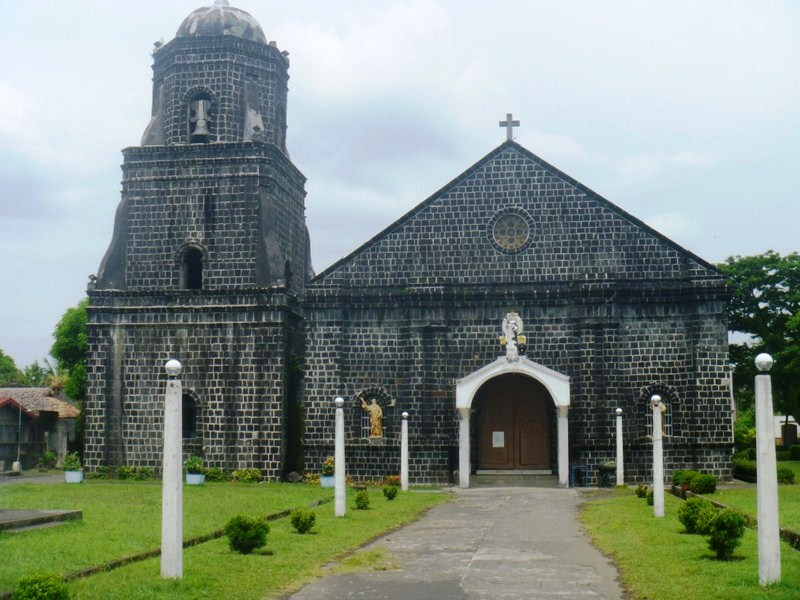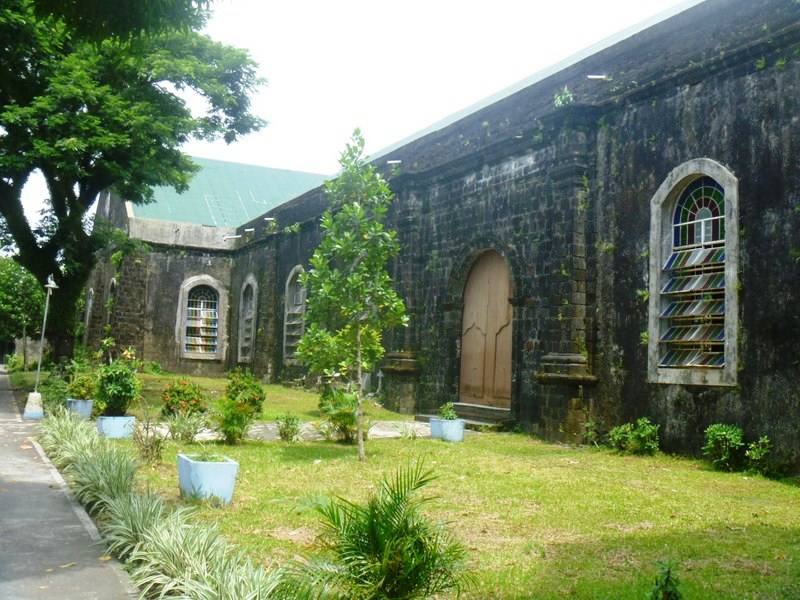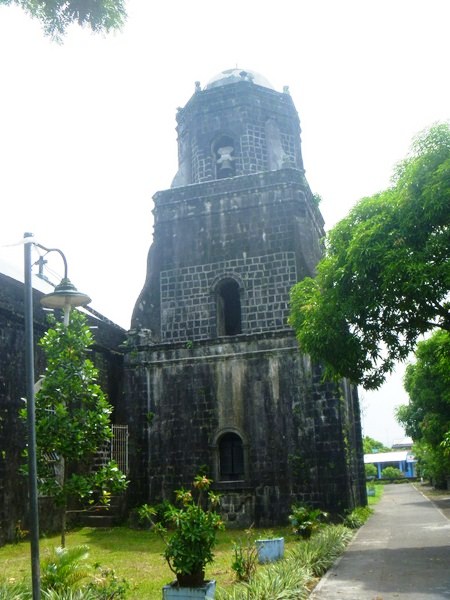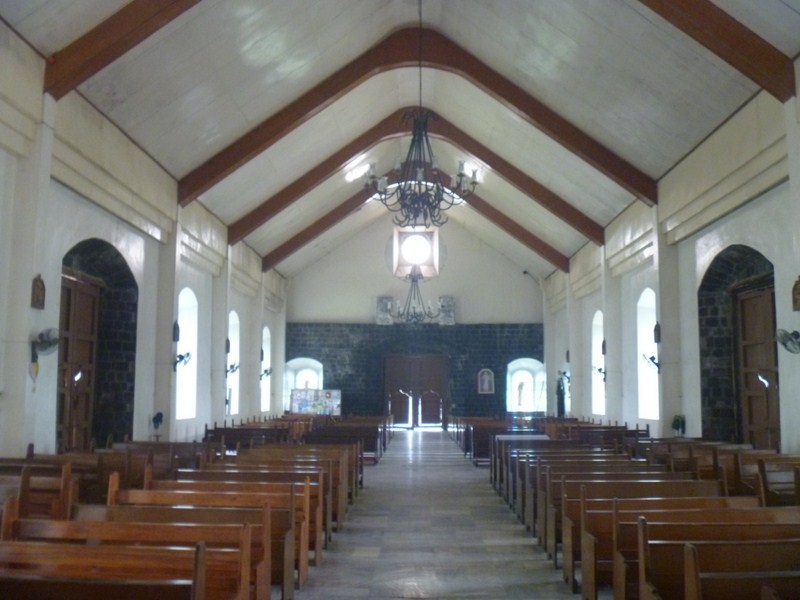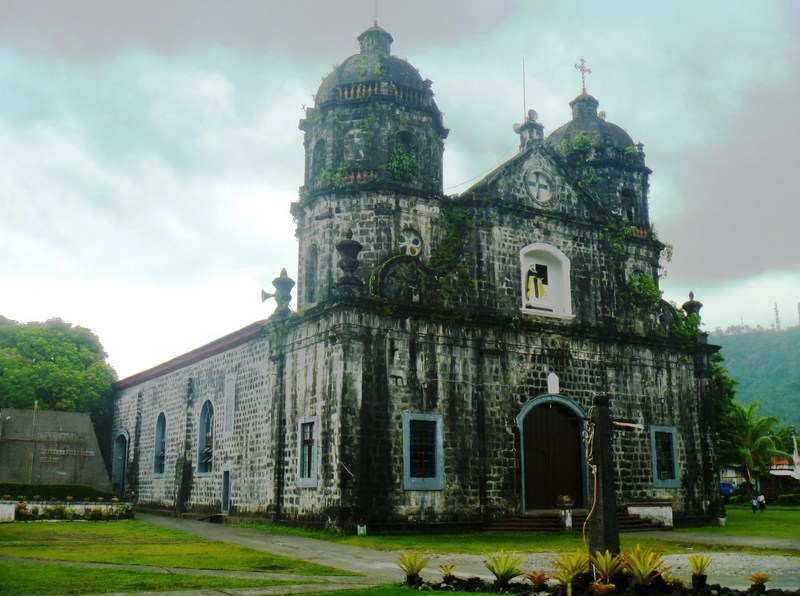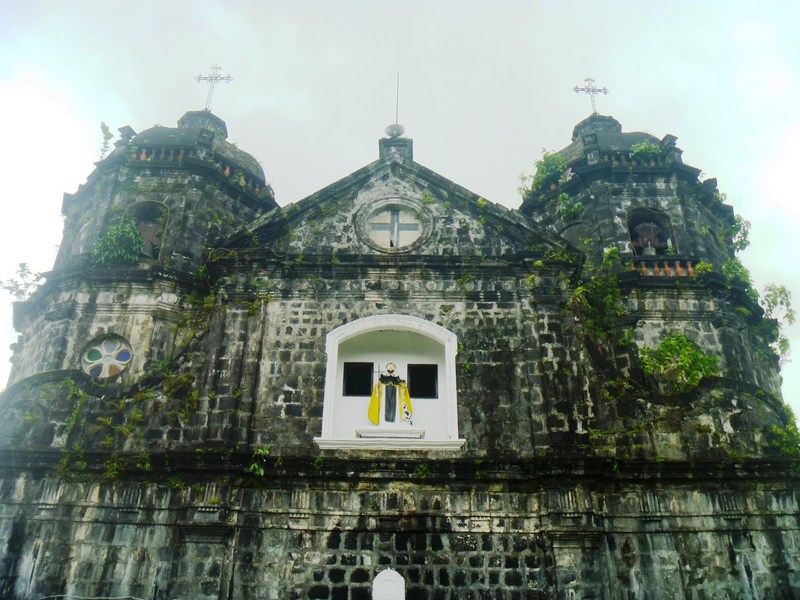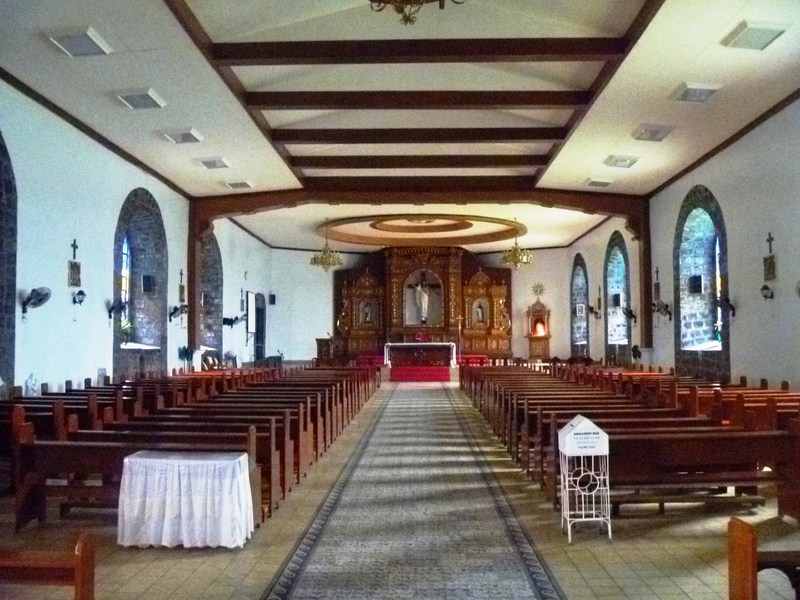| Mayon Volcano |
After an early morning breakfast at Villa Isabel Hotel’s restaurant, I packed up for my trip back to Legaspi City where I was to take the 1:20 PM Zest Air flight back to Manila. Bernard stayed behind as he had other business to attend to in Sorsogon City. I took a tricycle to the national highway where I boarded a Legaspi City-bound van which left by 8:30 AM. I arrived at the Legaspi City Satellite Bus Terminal by 10 AM.
| Legaspi City Satellite Bus Terminal |
Here, I was picked by Ms. Danica Pontejos, a staffer from Mr. Marti Calleja’s Bicol Adventures, and her driver. As it was still early in the morning, I still had 2 hrs. to tour the city and Daraga town prior to being brought to the airport and Marti was kind enough to let me do so. First in my itinerary was, fitfully, the Lignon (pronounced as lin-yon) Hill Nature Park, one of the city’s famous landmarks and the highest location in the downtown area. The trip up the paved zigzag road of the 156-m. high hill took less than 10 mins. (the hike up takes 45 mins. to an hour).
| Lignon Hill Nature Park |
For years, the hill was known for its PHIVOLCS observatory at its southwestern slope and the old lighthouse at its summit. Today, it is known for its view deck where I had a panoramic, 360-degree view of Legaspi City (and its airport runway, 11 kms. southeast of the volcano’s summit), Daraga and Albay Gulf. Best of all, as it was early in the morning (the best time to visit), I had a spectacular view of the world famous Mayon Volcano and its breathtaking perfect cone in all its naked glory. During my first visit to the city almost 7 years ago (http://firingyourimagination.blogspot.com/2005/07/albay-mayon-volcano.html), my afternoon view of the volcano was shielded by swirling clouds. In the late afternoon, you can watch the sunset and, in the evening, the city lights of Legaspi.
| Aerial View of Legaspi City |
For sightseers and guests, the hill also has a landscaped promenade with restaurants and shops. For the adventurous, there’s also a 320-m. long zip line where one can soar through the air harnessed to a cable. Other adventure activities and extreme sports offered include hiking, mountain biking (on the gullies at the foot of Mt. Mayon), rappelling 150 ft. down, paintball, riding 4-wheel all terrain vehicles (ATVs, c/o Your Brother Travel and Tours) and, soon, airsoft. You can also take the super steep route up the hill via the Kapit Tuko Trail or explore a 50 ft. long Japanese tunnel.
| View of Airport Runway |
Lignon Hill Nature Park: off Binitayan Rd. (behind Albay Park & Wildlife). Open daily, 8 AM-11 PM. Admission: PhP10 (educational tour rate) and PhP20 (foreign visitors and non-Albay residents), 5- 9 AM free of charge for regular joggers. Zipline off season rates: PhP250 (basic) and PhP350 (advanced – superman). Rappelling rates: PhP200 (off season) and PhP250 (peak season).
Your Brother Travel and Tours: ATV rates: PhP1,800/hour (150cc) and PhP2,500/hour (500cc or buggy). Tel: (052) 820-3629. E-mail: yourbrothertravevandtours@yahoo.com.

